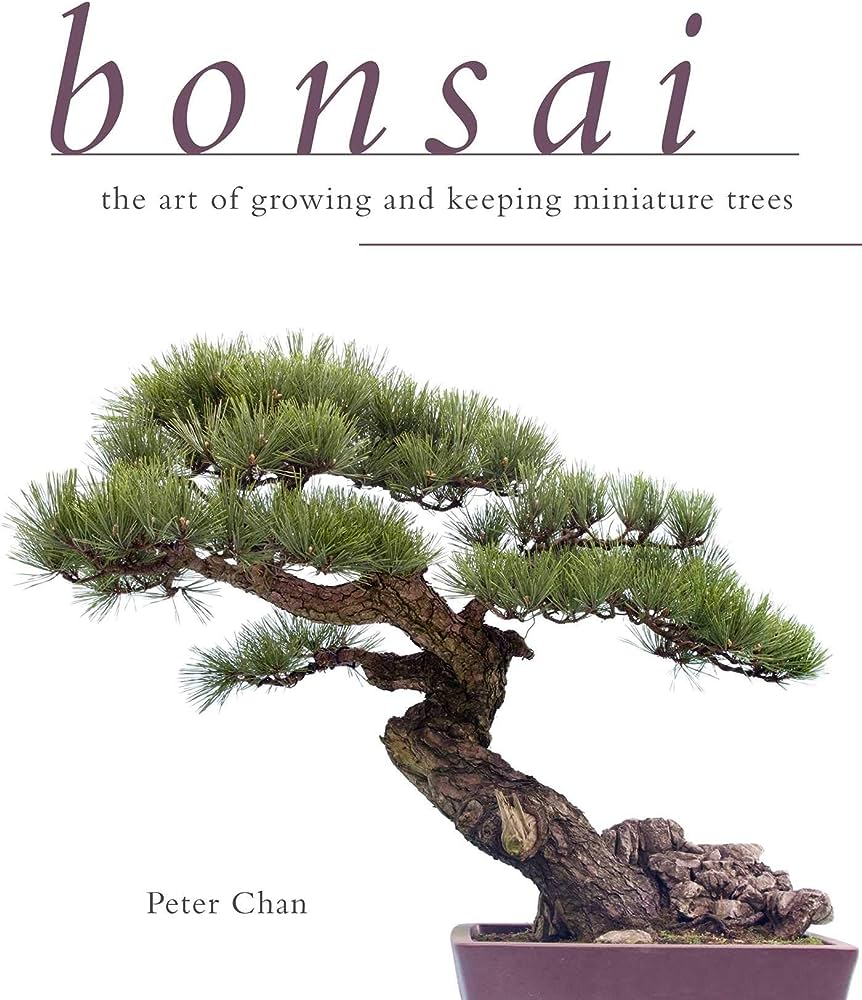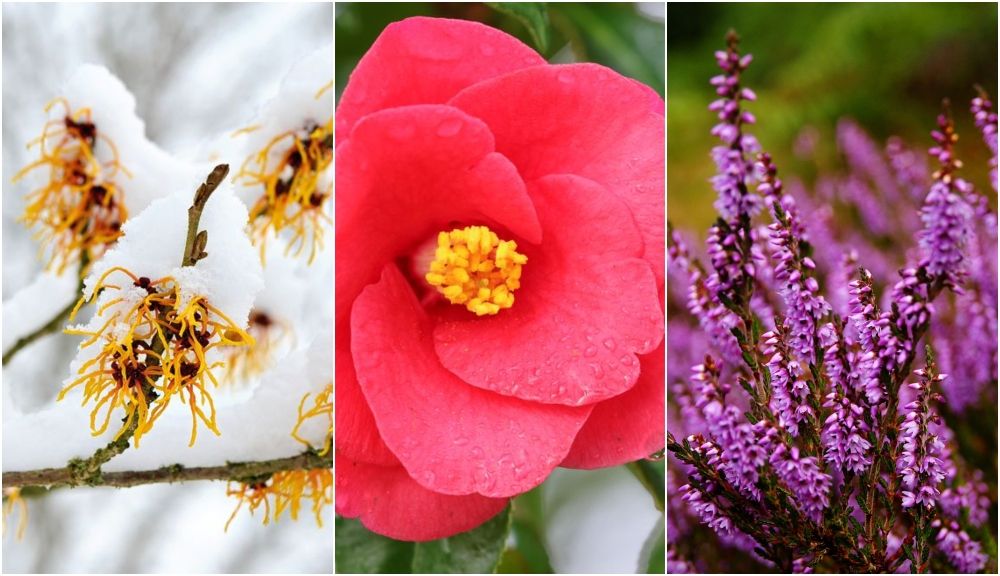Imagine the beauty of creating your own miniaturized world, right in the comfort of your home. Enter the enchanting realm of bonsai, where you can cultivate and maintain miniature trees that exude elegance and tranquility. Whether you’re a beginner or a seasoned enthusiast, “The Art Of Bonsai: A Comprehensive Guide To Cultivating And Maintaining Miniature Trees” is your perfect companion on this extraordinary journey. Discover the secrets of this ancient art form, develop essential skills, and unlock the captivating beauty that lies within each delicate branch and leaf. With expert guidance and a deep appreciation for the art, this comprehensive guide will help you transform your living space into a miniature oasis of natural wonder.
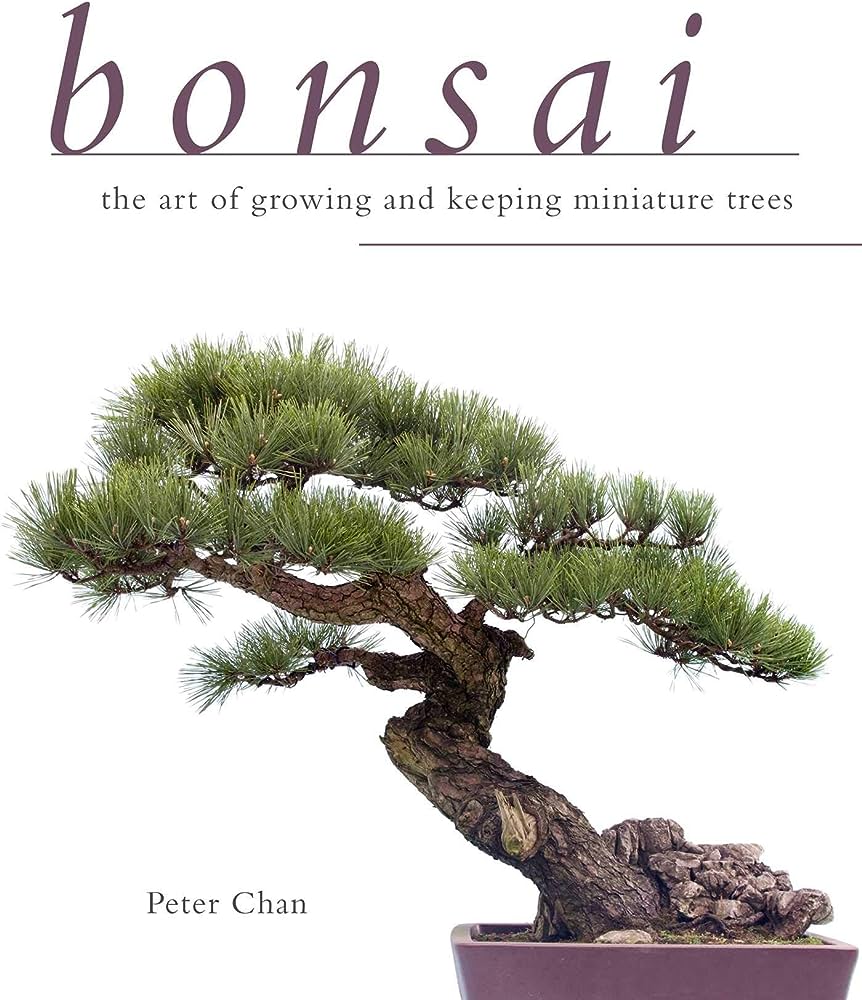
This image is property of Amazon.com.
Choosing the Right Tree for Bonsai
When it comes to choosing the right tree for your bonsai, there are several factors to consider. One of the first decisions you’ll need to make is whether you want a deciduous or an evergreen tree. Deciduous trees, such as maple and oak, offer the advantage of changing foliage colors throughout the seasons. On the other hand, evergreen trees, like juniper and pine, provide year-round greenery and a more traditional bonsai look.
If you plan to keep your bonsai indoors, there are also specific trees that are more suitable for indoor cultivation. Ficus and jade are popular choices for indoor bonsai due to their ability to tolerate lower light conditions. These trees can add beauty to any indoor space while providing you with the joy of bonsai cultivation.
For those looking to add a touch of vibrancy to their collection, flowering trees are an excellent option. Trees such as azalea and cherry blossom are known for their stunning blooms, adding a burst of color and fragrance to your bonsai display. Keep in mind that flowering trees require specific care and may have different pruning and feeding requirements compared to other bonsai varieties.
Tools and Materials for Bonsai Cultivation
Having the right tools and materials is crucial for successful bonsai cultivation. Here are some essentials that every bonsai enthusiast should have in their toolkit:
- Bonsai pots: These shallow pots with drainage holes are specially designed for bonsai trees. They come in various shapes and sizes, allowing you to choose the one that complements your tree’s style and form.
- Pruning shears: This tool is essential for maintaining the health and shape of your bonsai. With pruning shears, you can trim branches and foliage with precision, promoting growth and maintaining the desired form.
- Root rake: A root rake helps untangle and prune the roots of your bonsai tree without causing damage. It allows you to remove old soil and trim the roots to stimulate healthy growth.
- Wire cutters: The use of wire is common in bonsai cultivation to shape and train the branches. Wire cutters are designed specifically for safely removing wires without harming the tree.
By having these tools at your disposal, you’ll be well-equipped to care for your bonsai and ensure its proper development and maintenance.
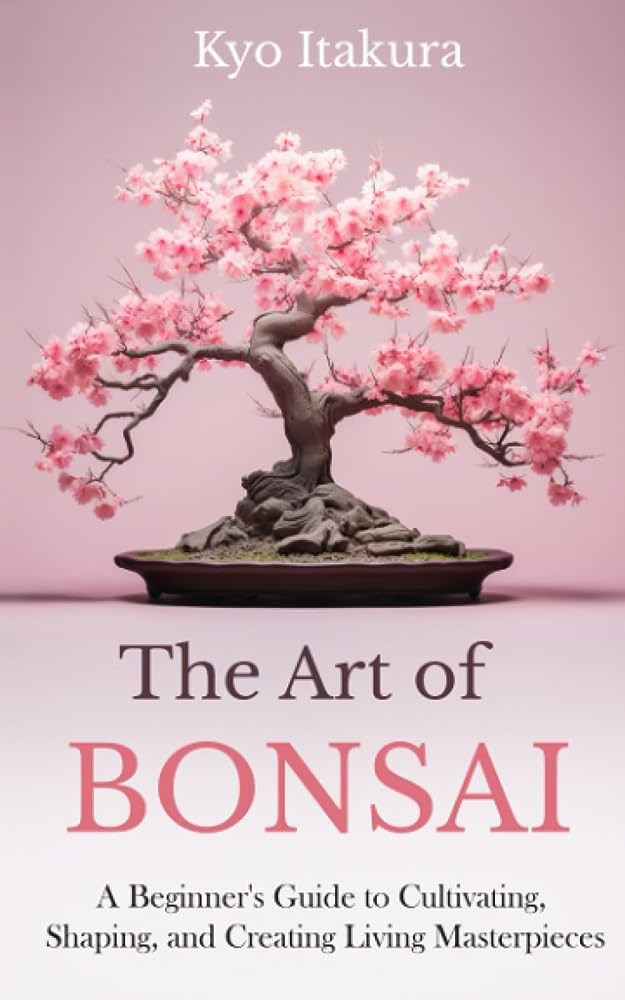
This image is property of Amazon.com.
Understanding Bonsai Styles and Forms
Bonsai cultivation is an art form that incorporates different styles and forms to create visually captivating miniature trees. Understanding these styles and forms will help you enhance the aesthetic appeal of your bonsai collection. Here are some popular bonsai styles:
- Formal upright style: In this style, the trunk of the bonsai grows vertically, tapering gradually from the base to the apex. The branches are evenly distributed, and the foliage pads are well-balanced. This style represents a dignified and elegant form.
- Informal upright style: As the name suggests, this style reflects a more natural and organic growth pattern. The trunk may have subtle curves, and the branches are more asymmetrical, creating a sense of movement and spontaneity.
- Slanting style: The slanting style depicts a tree that has been subjected to strong winds or other environmental forces. The trunk grows at an angle, giving the bonsai an intriguing and dynamic appearance.
- Cascade style: This style emulates a tree growing on a cliff or over a waterfall. The trunk cascades downward, sometimes extending below the base of the pot. It conveys a sense of verticality and drama.
- Windswept style: The windswept style portrays a tree that has been shaped by strong winds blowing in one direction. The trunk and branches exhibit curves and bends in the direction of the wind, creating a windswept effect.
Exploring and experimenting with these different styles will allow you to create unique and captivating bonsai designs that reflect your personal style and artistic expression.
Bonsai Soil and Potting
Choosing the right soil mix and potting technique is essential for the long-term health and vigor of your bonsai tree. Here’s what you need to know about bonsai soil and potting:
Choosing the right soil mix
Bonsai trees require a well-draining soil mix that provides adequate aeration for their roots. The ideal soil mix should have a balanced combination of organic material, such as compost or peat moss, with inorganic components like pumice or akadama. This combination allows for proper water retention while preventing root rot and ensuring healthy root growth.
Repotting bonsai trees
Repotting is a crucial step in bonsai cultivation that promotes root development and prevents the tree from becoming root-bound. It is typically done every one to three years, depending on the tree species and its growth rate. Repotting involves carefully removing the tree from its current pot, trimming the roots, and placing it in fresh soil mix. This process rejuvenates the tree, allowing it to thrive and maintain its desired shape.
Root pruning techniques
Root pruning is an important technique used to control the size of the root system and promote the growth of fine feeder roots. During root pruning, the roots are trimmed, removing any thick or circling roots that can hinder healthy growth. This process encourages the development of a compact and fibrous root system, essential for nutrient absorption and overall tree health.
By understanding bonsai soil requirements and mastering the techniques of repotting and root pruning, you’ll be able to provide your bonsai tree with the optimal conditions for growth and vitality.
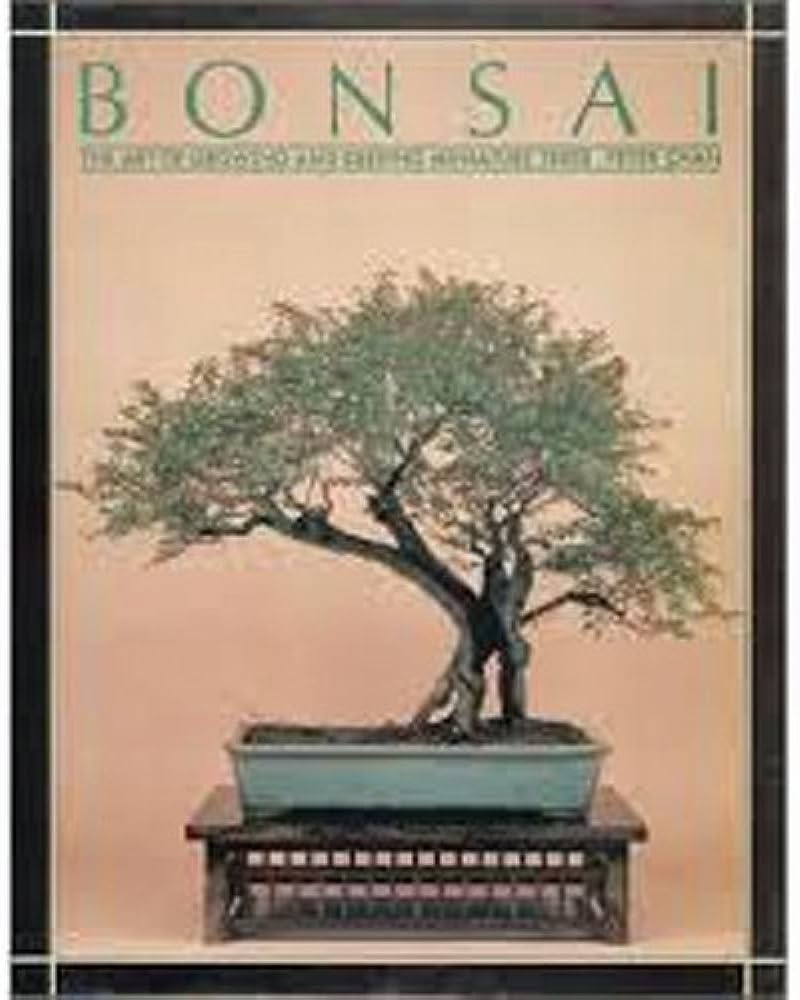
This image is property of Amazon.com.
Watering and Fertilizing Bonsai
Proper watering and fertilizing are essential for maintaining the health and beauty of your bonsai tree. Here’s what you need to know about watering and fertilizing:
Watering frequency
The watering needs of bonsai trees vary depending on factors like tree species, pot size, and environmental conditions. As a general rule, bonsai trees should be watered when the top inch of the soil feels dry to the touch. It’s important to avoid overwatering, as excessive moisture can lead to root rot and other fungal diseases. On the other hand, allowing the soil to completely dry out can also be detrimental to the tree’s health. Consistency and finding the right balance is key in watering your bonsai.
Watering techniques
When watering your bonsai, it’s important to ensure that all parts of the root ball are evenly moistened. Avoid watering only the surface of the soil, as this can lead to uneven hydration and shallow root growth. To water thoroughly, place the bonsai in a basin of water up to the rim of the pot and let it soak for a few minutes. This technique allows the water to penetrate deep into the root system, promoting healthy, strong roots.
Fertilizing schedule and types
Proper fertilization is essential to replenish the nutrients that bonsai trees require for healthy growth. Bonsai trees should be fertilized regularly during the growing season, typically from spring to autumn. The frequency and type of fertilizer will depend on the tree species and the soil mix used. Organic fertilizers, such as fish emulsion or compost, are often preferred for their slow-release properties and ability to improve soil structure. However, there are also purpose-made bonsai fertilizers available that provide the necessary nutrients in balanced proportions.
By following a consistent watering and fertilizing routine, you’ll provide your bonsai tree with the nourishment it needs to thrive and display its full potential.
Pruning and Training Bonsai Trees
Pruning and training are essential techniques in bonsai cultivation that allow you to shape and refine the appearance of your tree. Here are some key pruning and training techniques to master:
Basic pruning techniques
Regular pruning helps maintain the shape and health of your bonsai tree. The three main types of pruning are:
- Maintenance pruning: This involves removing dead, damaged, or diseased branches to maintain overall tree health and aesthetics.
- Structural pruning: Structural pruning focuses on shaping and defining the tree’s overall form. It involves trimming branches to encourage proper growth and development.
- Selective pruning: Selective pruning involves removing specific branches to improve the overall design and balance of the tree.
Pinching and defoliation
Pinching and defoliation are techniques used to promote ramification, the process of developing fine branches and foliage. Pinching involves removing the new shoots when they have grown a few pairs of leaves, encouraging the growth of smaller branches. Defoliation, on the other hand, involves removing all or most of the leaves, stimulating new growth and reducing leaf size. These techniques are particularly useful for deciduous trees but can also be applied to certain evergreen species.
Wiring and shaping
Wiring is a common technique used in bonsai cultivation to shape and train branches into desired positions. Copper or aluminum wire is carefully wrapped around the branches, allowing them to be gently bent and positioned to create the desired styling. It’s important to use the right thickness and tension when wiring to avoid damaging the branches. Once the branches have set in their new positions, the wire can be removed to prevent it from cutting into the bark.
By practicing these pruning and training techniques, you’ll be able to create harmonious and eye-catching bonsai trees that reflect your artistic vision.
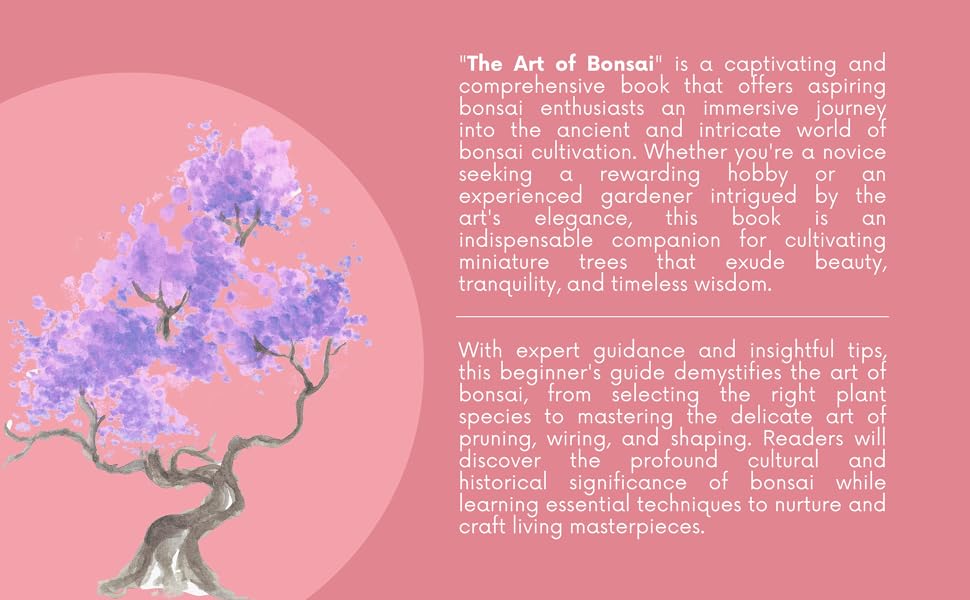
This image is property of Amazon.com.
Creating a Bonsai Forest
Creating a bonsai forest is a unique and visually striking way to display multiple trees in a single composition. Here’s how you can create your own bonsai forest:
Selecting multiple trees
Choose trees that have complementary growth habits and foliage to create a harmonious composition. Consider mixing different species and sizes to create depth and interest within your bonsai forest. It’s important to create a balanced visual effect, ensuring that no tree dominates the composition.
Arranging trees in a tray
Once you have chosen your trees, carefully arrange them in a shallow tray or bonsai pot. Take into consideration the trees’ natural growth patterns and the desired aesthetic effect. Experiment with different positions and angles until you achieve a visually appealing arrangement.
Maintaining a bonsai forest
Regular maintenance is crucial for the health and longevity of your bonsai forest. Similar to individual bonsai trees, the forest will require pruning, watering, and fertilizing. It’s important to monitor the growth and health of each tree within the forest and address any issues promptly to maintain the overall balance and beauty of the composition.
Creating a bonsai forest allows you to showcase your creativity and design skills while creating a miniature landscape that evokes the beauty of nature.
Displaying and Presenting Bonsai
Displaying and presenting your bonsai in an optimal way is essential to fully appreciate its beauty and artistic value. Here are some tips for effective bonsai display:
Choosing the right display stand
A suitable display stand enhances the visual impact of your bonsai, elevating it to eye level and providing a stable and secure base. The stand should be proportionate to the size of the bonsai and complement its style and form. Natural materials like wood or stone are often preferred for their organic and harmonious qualities.
Positioning the tree for optimal viewing
When positioning your bonsai on the display stand, consider the tree’s front, which is its most aesthetically pleasing angle. The front should showcase the tree’s best features, such as its nebari (visible surface roots) and the overall flow of the trunk and branches. Place the bonsai slightly off-center on the stand to create a more dynamic and visually interesting composition.
Enhancing the presentation through accents
Accents such as moss, rocks, and figurines can be used to complement and enhance the presentation of your bonsai. These elements help create a more natural and harmonious setting, adding depth and visual interest to the overall display. Choose accents that reflect the overall style and theme of your bonsai, creating a cohesive and visually pleasing composition.
By paying attention to the display and presentation of your bonsai, you’ll be able to fully appreciate its beauty and share its artistry with others.
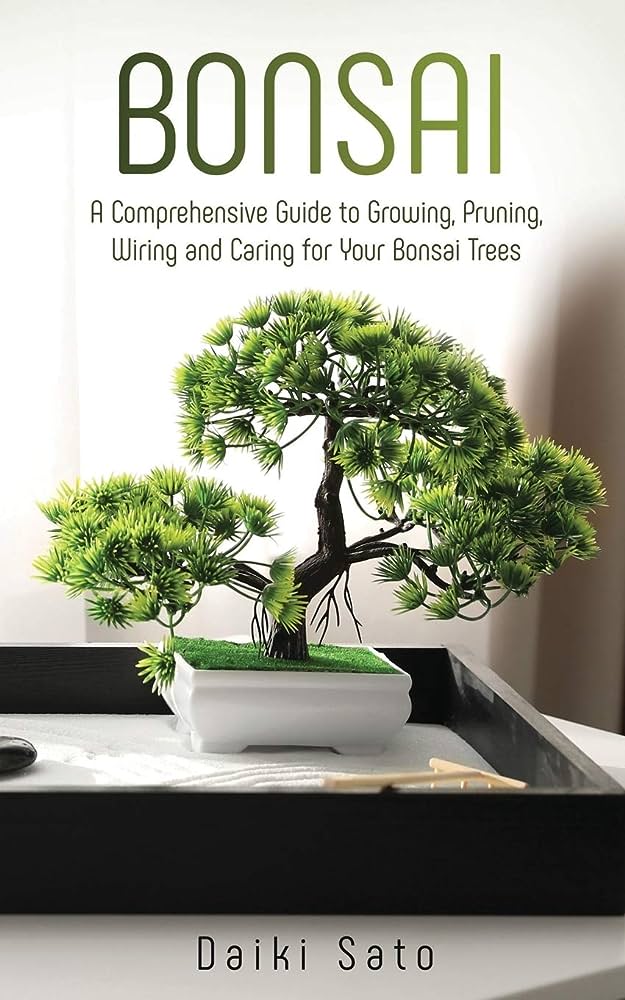
This image is property of Amazon.com.
Bonsai Pest and Disease Control
Like any other plant, bonsai trees can be susceptible to pests and diseases. Here are some common issues and tips for prevention and treatment:
Common pests affecting bonsai
- Aphids: These small insects feed on the sap of the bonsai, causing leaf damage and stunted growth. Regular inspections and the use of insecticidal soap can help control aphid populations.
- Scale insects: Scale insects appear as small, immobile bumps on the leaves or branches. They can be controlled by manually removing them or applying horticultural oil.
- Spider mites: Spider mites are tiny pests that create a fine webbing on the bonsai’s foliage. They cause discoloration and stunted growth. Regularly misting the leaves and using insecticidal soap can help control spider mite infestations.
Identifying diseases in miniature trees
- Root rot: Root rot occurs when the roots are consistently overwatered, leading to fungal infections. Avoid overwatering and ensure proper drainage to prevent root rot.
- Leaf blight: Leaf blight manifests as brown or black spots on the leaves and can lead to defoliation. Fungicides and proper airflow can help control leaf blight.
Preventive measures and treatments
To prevent pests and diseases, it’s important to maintain a consistent care routine for your bonsai. Regularly inspect your tree for signs of pests or diseases, and take prompt action if any issues arise. Avoid overwatering, ensure proper drainage, and maintain proper airflow around the tree. Additionally, practicing good hygiene, such as cleaning and sterilizing tools between use, can help prevent the spread of pests and diseases.
The Art of Bonsai Appreciation
Bonsai is not just about cultivation and maintenance; it is an art form that carries deep cultural and aesthetic significance. Here are some ways to appreciate bonsai beyond just the physical aspects:
Understanding the significance of bonsai
Bonsai represents the beauty of nature captured in miniature form. It reflects the harmony and balance found in the natural world. Bonsai is also a symbol of patience and discipline, as it requires dedicated care and attention over many years to create a masterpiece.
Visiting bonsai exhibitions and clubs
Immerse yourself in the world of bonsai by visiting bonsai exhibitions and clubs. These events provide opportunities to view stunning bonsai collections and learn from experienced enthusiasts. Interacting with fellow bonsai lovers and professionals can deepen your understanding and appreciation of the art.
Developing a bonsai collection
Creating and maintaining a bonsai collection allows you to explore different tree species, styles, and forms. It’s an ongoing journey of learning and experimentation, as each tree has its own unique qualities and requirements. Building a bonsai collection fosters both a sense of personal accomplishment and a deeper connection with nature.
Cultivating bonsai is not merely a hobby; it is a lifelong pursuit of beauty, artistry, and connection to the natural world. By embracing the art and philosophy of bonsai, you’ll embark on a rewarding journey that combines creativity, patience, and a deep appreciation for the wonders of nature.

